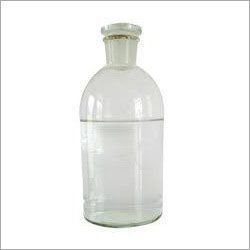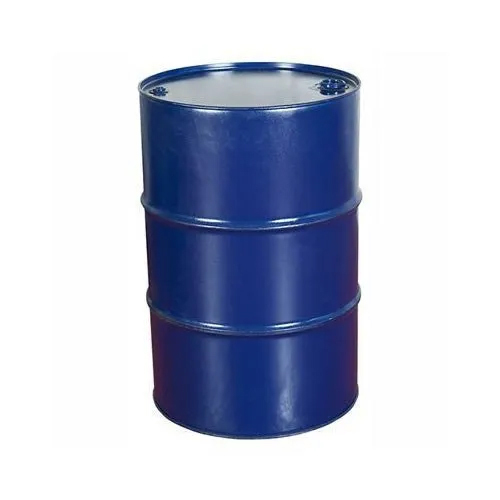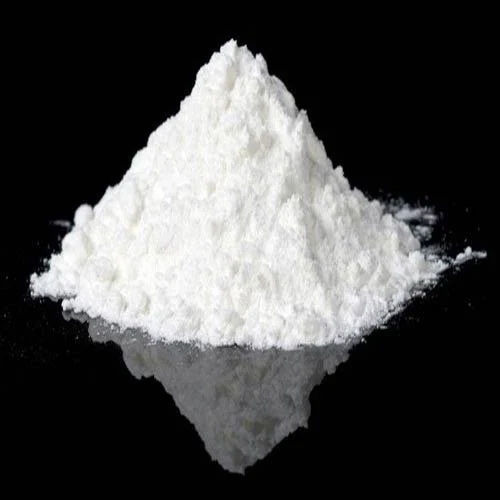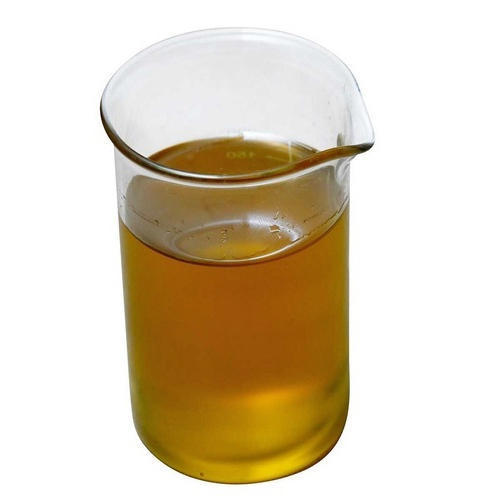Welcome to Our Company
Diethylamine Chemicals
Product Details:
- Grade Technical Grade
- Storage Room Temperature
- Application Industrial
- Molecular Formula C4H11N
- Density 0.707 Gram per cubic centimeter(g/cm3)
- Melting Point -48.4 degree centigrade
- Purity 99%
- Click to View more
X
Diethylamine Chemicals Price And Quantity
- 1 Kilograms
Diethylamine Chemicals Product Specifications
- 99%
- 0.707 Gram per cubic centimeter(g/cm3)
- -48.4 degree centigrade
- C4H11N
- Industrial
- Diethylamine is a colorless, transparent liquid at room temperature.
- Liquid
- Room Temperature
- Technical Grade
Diethylamine Chemicals Trade Information
- Cash Advance (CA)
- 5000 Kilograms Per Month
- 10 Days
- All India
Product Description
Diethylamine is an organic compound with the chemical formula C4H11N. It is a member of the amine class of compounds and consists of two ethyl groups (C2H5) attached to a central nitrogen atom (N). Here are some key properties of diethylamine:
Physical Properties:
- Appearance: Diethylamine is a colorless, transparent liquid at room temperature.
- Odor: It has a strong, ammonia-like odor.
- Density: The density of diethylamine is approximately 0.707 g/cm3 at 20 degree centigrade.
- Melting Point: The melting point of diethylamine is -48.4 degree centigrade.
- Boiling Point: It has a boiling point of around 55.7 degree centigrade.
Chemical Properties:
- Solubility: Diethylamine is soluble in water, alcohol, and ether.
- Basicity: It is a weak base due to the presence of the lone pair of electrons on the nitrogen atom, which can accept a proton from an acid.
- Reactivity: Diethylamine can participate in various chemical reactions typical of amines, such as forming salts with acids and undergoing nucleophilic substitution reactions.
Safety:
- Diethylamine is considered hazardous and should be handled with care. It can cause irritation to the skin, eyes, and respiratory system.
- Proper ventilation and protective equipment, such as gloves and goggles, should be used when working with diethylamine.
Uses:
Diethylamine is primarily used as a building block in the chemical industry to synthesize various organic compounds, including pharmaceuticals, pesticides, and dyes.
It is used as a catalyst in certain chemical reactions.
Please note that the properties mentioned above are general characteristics and may vary slightly depending on the specific grade or formulation of diethylamine. Additionally, the handling and usage of diethylamine should be done by trained professionals following safety guidelines and regulations.
FAQ:
Q. What is Diethylamine?
Ans: Diethylamine is an organic compound belonging to the amine class of compounds. Its chemical formula is C4H11N, and it consists of two ethyl groups (C2H5) attached to a central nitrogen atom (N).
Q. What does Diethylamine look like?
Ans: Diethylamine is a colorless, transparent liquid at room temperature.
Q. What does Diethylamine smell like?
Ans: Diethylamine has a strong, ammonia-like odor.
Q. What are the uses of Diethylamine?
Ans: Diethylamine is primarily used as a building block in the chemical industry to synthesize various organic compounds, including pharmaceuticals, pesticides, and dyes. It is also used as a catalyst in certain chemical reactions.
Q. Is Diethylamine soluble in water?
Ans: Yes, Diethylamine is soluble in water, as well as in alcohol and ether.
Q. Is Diethylamine hazardous?
Ans: Yes, Diethylamine is considered hazardous and should be handled with care. It can cause irritation to the skin, eyes, and respiratory system. Proper ventilation and protective equipment, such as gloves and goggles, should be used when working with Diethylamine.
Q. What are the physical properties of Diethylamine?
Ans: Diethylamine has a density of approximately 0.707 g/cm3 at 20 degree centigrade, a melting point of -48.4 degree centigrade, and a boiling point of around 55.7 degree centigrade.
Q. What are the chemical properties of Diethylamine?
Ans: Diethylamine is a weak base due to the presence of the lone pair of electrons on the nitrogen atom, which can accept a proton from an acid. It can participate in various chemical reactions typical of amines, such as forming salts with acids and undergoing nucleophilic substitution reactions.
Q. What precautions should be taken when working with Diethylamine?
Ans: When working with Diethylamine, it is essential to follow safety guidelines and regulations. Proper ventilation, protective equipment (such as gloves and goggles), and suitable handling procedures should be used to minimize the risk of exposure.
Q. Can Diethylamine be used in pharmaceuticals?
Ans: Yes, Diethylamine is used as a starting material in the synthesis of pharmaceutical compounds.
Q. Is Diethylamine flammable?
Ans: Diethylamine is a flammable liquid and should be stored and handled away from open flames and ignition sources.
Q. Can Diethylamine be harmful to the environment?
Ans: Diethylamine can be harmful to the environment if not properly handled or disposed of. It is essential to follow proper waste disposal procedures to prevent environmental contamination.
Tell us about your requirement

Price:
Quantity
Select Unit
- 50
- 100
- 200
- 250
- 500
- 1000+
Additional detail
Mobile number
Email









